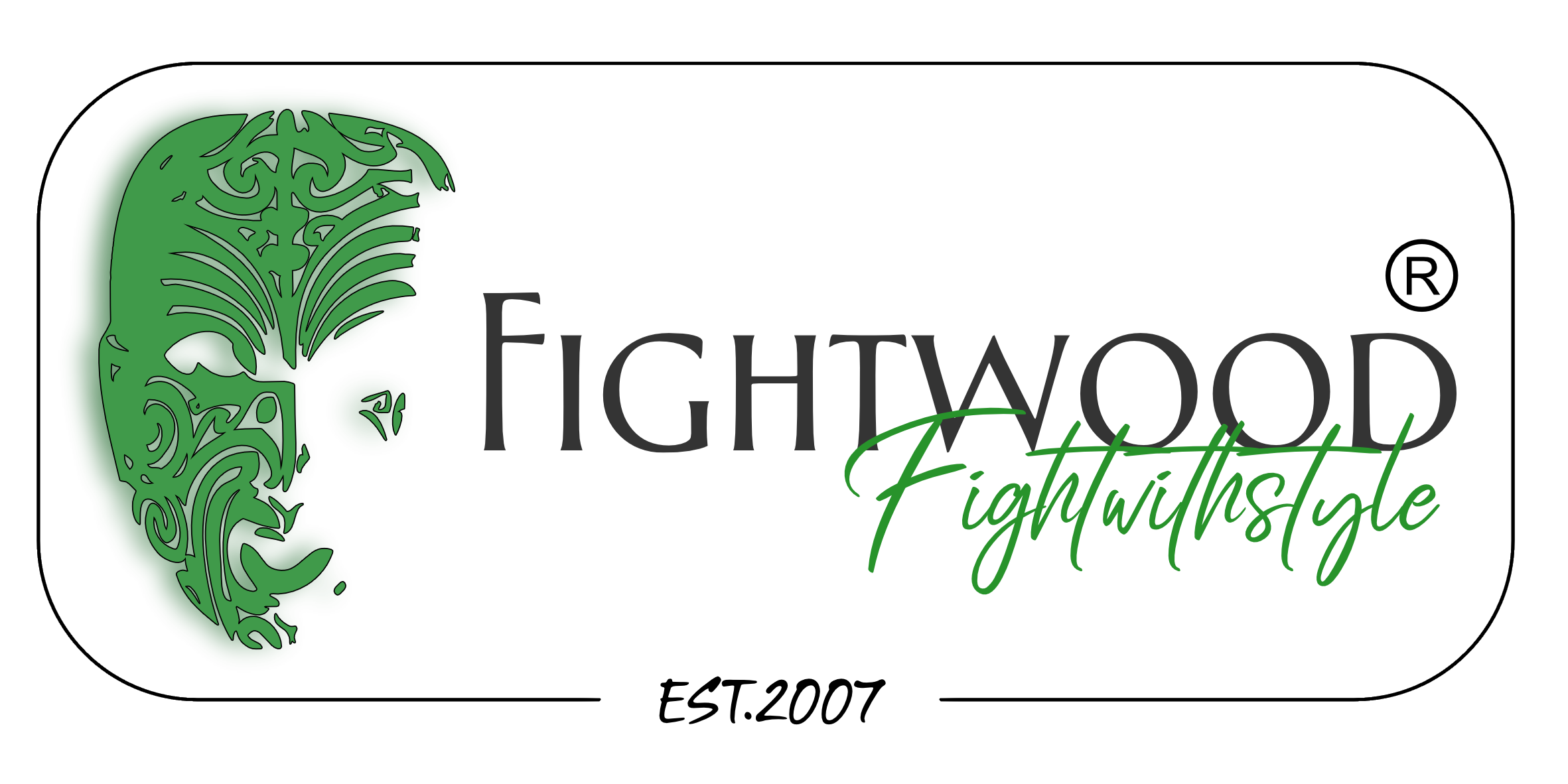Ono-Ha Itto Ryu Bokken & Shoto (Daisho Set) Masterpieces, made of red oak or white oak
Description
Both bokken and shoto are made from a single piece of Japanese oak (red or white) and are made in the southern islands of Kyushu (Japan). They are slightly shorter than the standard versions and also thicker and heavier (especially the Shoto). These models are intended for Ono-Ha Itto Ryu Kenjutsu practitioners. Therefore, they are not suitable for general practice, but are of particular interest for hard contact practice. For the bokken we recommend using a round leather tsuba (self-assembly). This model is not to be confused with the Hokushin Itto Ryu Bokken used in another lineage of Itto Ryu. Weapons crafted in the Aramaki workshop are entirely handcrafted; neither machine nor guide are used for the curve. These models are therefore significantly more expensive.
The bokken were made by a weapon master.
-Type of wood: red oak, white oak
-Available finish: Special finish
-Crafting workshop: Aramaki
-Made in Japan
-Only a few sets available
Bokken
Full length: 98 cm
Blade length: 73.5 cm
Tsuka length: 24.5 cm
Tsuka diameter: 38x29 mm
Tsukagashira: Taira (Flat butt)
Kissaki: short kissaki
Mine: Marumine (round back)
Weight - Red Oak: 550~600g
Weight - White Oak: 650~750g
Shoto
Full length: 51.5 cm
Blade length: 40.5 cm
Tsuka length: 12 cm
Tsuka Diameter: 36x27 mm
Tsukagashira: Taira (Flat butt)
Kissaki: short kissaki
Mine: Marumine (round back)
Weight - Red Oak: ~ 260 g
Weight - White Oak: ~ 340 g
Wood is a living material, color and weight vary from weapon to weapon.
Special finish: For this special finish, a Camelia oil polish is first applied (oiling and sanding the weapon with oiled sandpaper), then the weapon is finished with high-quality beeswax. This finish makes the wood as smooth as possible and guarantees excellent protection for several months. For maintenance, we recommend oiling your guns at least once a month. You can also apply wax a few hours after oiling your guns (if some oil remains on the wood, wipe it off with a piece of cloth or handkerchief).
About the Ono-Ha Itto Ryu school: The original Itto Ryu founded by Ito Ittosai Kagehisa in the late 16th century is gone today, but its techniques and heritage are evident in many styles such as the Ono-Ha Itto Ryu, Mizoguchi Ha Itto Ryu, Hokushin Itto Ryu and many more alive . The Ono-Ha Itto Ryu is the oldest of these schools and was founded by Ono Jiroemon Tadaaki, Ittosai's direct successor. Ono was more dueling oriented and known as a remarkable swordsman but also as a very difficult person. Although he shared the role of shogun combat instructor with Yagyu Munenori (Yagyu Shinkage Ryu), his bad character played against him in Yagyu's favour. Focused on unarmored combat, Ono-Ha Itto Ryu remains famous for his training with "Onigote", a giant gauntlet capable of withstanding powerful blows from a bokken. Although transmission quickly left the Ono family, the school has an unbroken line of guardians of tradition, guaranteeing the historical heritage and efficiency of the techniques taught. It is interesting to note that Ono-Ha Itto Ryu is fully integrated into Takeda Sokaku's Daito Ryu school. Since Takeda was the main teacher of Morihei Ueshiba, the founder of Aikido, it is often said that Ono-Ha had a significant influence on Aikido. However, it has not been officially confirmed or denied that Ueshiba Ono-Ha Itto Ryu learned from Takeda Sokaku. Also, Ueshiba has never taught Ono-Ha Itto Ryu and has studied various other styles of kenjutsu, making it difficult to appreciate the true influence of Ono-Ha Itto Ryu on Aikido.
